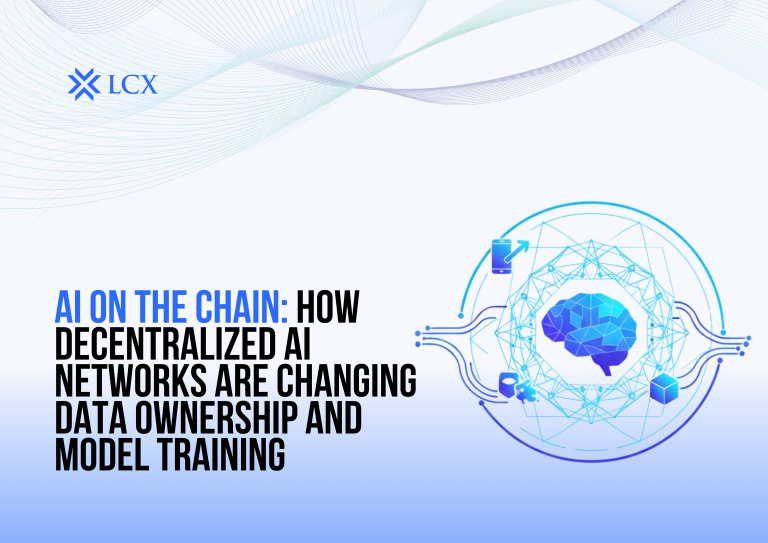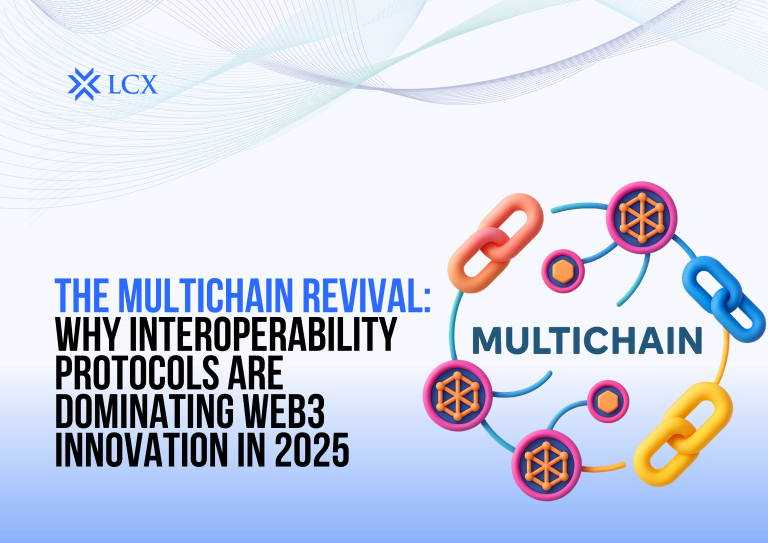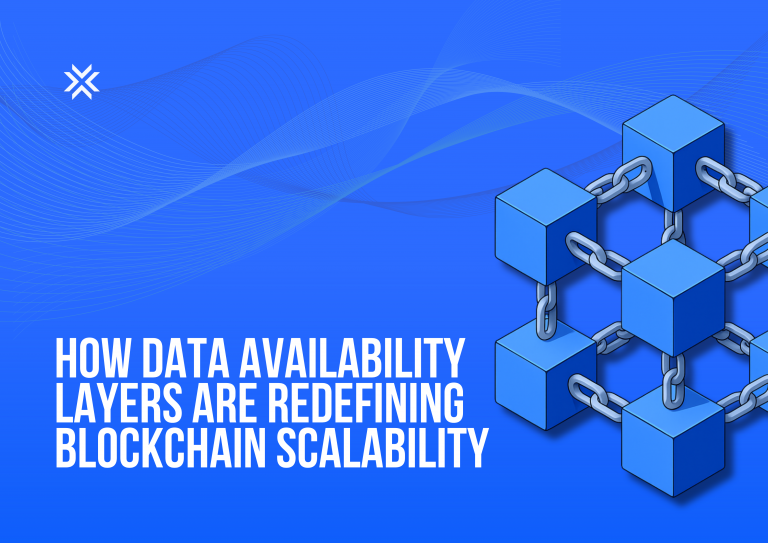Blockchain has matured from a single-chain experiment into a diverse landscape of platforms optimized for very different goals: programmability, throughput, security, compliance, or specialized data sharing. This guide compares leading platforms across architecture, performance, security, costs, tooling, governance, and real-world fit, then closes with a simple selection framework.
How to Evaluate a Blockchain Platform
- Consensus & Security Model
Finality type (probabilistic vs deterministic), validator set size, slashing, L1 vs L2 security inheritance. - Throughput & Latency
Realistic transactions per second (TPS) under load, block time, and time-to-finality. - Scalability Approach
Vertical scaling, parallel execution, rollups, subnets/parachains, or app-chains. - Cost Profile
Gas/fee volatility, fee markets, and predictability for consumer apps. - Programmability
VM and language (EVM, WASM, Move), contract safety features, formal verification options. - Interoperability
Native bridging (IBC, XCM), canonical L2s, trust assumptions for cross-chain flows. - Ecosystem Maturity
Wallets, indexers, oracles, analytics, stablecoins, fiat ramps, custody, and dev tooling. - Governance & Upgradability
On-chain voting, upgrade cadence, backward compatibility, and enterprise controls. - Compliance & Enterprise Readiness
Identity primitives, permissioning, auditability, data privacy.
Snapshot: Platforms at a Glance
| Platform | Execution | Consensus / Finality | Typical Finality | Scalability Strategy | Dev Stack | Interop |
| Ethereum (L1) | EVM | PoS + proposer/builder separation; probabilistic → economic finality | ~12–15s block, ~2 epochs for finality | Rollups (OP, ZK) | Solidity/Foundry/Hardhat | Bridges, rollups |
| Ethereum Rollups (L2) | EVM | Inherit Ethereum security; OP/ZK proofs | ~<1–5s local, L1 finality mins–hrs | Horizontal via many L2s | Same as EVM | Native to ETH |
| Solana | Sealevel parallel runtime | PoS + PBFT-style finality (Tower/QUIC) | Sub-second to a few seconds | Vertical scaling + client optimizations | Rust, Anchor | Wormhole et al. |
| Polygon (PoS / CDK / zk) | EVM + ZK roadmap | PoS / ZK initiatives | ~2–3s (varies) | ZK L2s + app-specific chains (CDK) | Solidity, zk toolkits | Bridges, rollups |
| Avalanche | EVM (C-Chain) + Subnets | Snowman (BFT) | ~1–2s | App-specific Subnets | Solidity, Rust | Native bridges |
| Polkadot | WASM | NPoS + BABE/GRANDPA deterministic | ~6–12s | Parachains (shared security) | Rust (Substrate), ink! | XCM |
| Cosmos (SDK + IBC) | WASM/EVM (per chain) | Tendermint-style BFT | ~2–6s | App-chains with IBC | Go/Rust/ Solidity (EVMOS) | IBC |
| NEAR | WASM | Doomslug/BFT | ~1–2s | Nightshade sharding | Rust/AssemblyScript | Rainbow bridge |
| Aptos / Sui | Move | BFT with parallel execution | ~<1–2s | Object-centric parallelization | Move | Bridges |
| Bitcoin L2 (Lightning/Stacks) | — | PoW L1, varied L2 | ms–s (Lightning local) | L2s / sidechains | Script/Clarity | Bridges |
| Hyperledger Fabric | Chaincode | Pluggable (Raft/Kafka) | Sub-seconds to seconds | Permissioned channels | Go/Java/Node | Gateways |
| R3 Corda | Flows/States | Notary-based | Fast finality per transaction | Point-to-point networks | JVM/Kotlin | App connectors |
Note: TPS figures are often marketing numbers; finality time, fee stability, and ecosystem maturity are better predictors of real-world UX.
Deep Dives
1) Ethereum & the Rollup-Centric Roadmap
- Why it matters: The largest developer, liquidity, and tooling base.
- Security: Strong L1 economic security; rollups inherit it.
- Scalability: Through Optimistic and ZK rollups; shared liquidity via L2s and emerging L3/app-rollups.
- When to choose: If you need broad wallet/custody support, compliance tooling, stablecoins, and audit familiarity.
- Watch: Proving costs for ZK, cross-L2 liquidity routing, and data availability (EIP-4844 / blobs; external DA layers).
2) Solana
- Why it matters: High throughput and low latency with parallel execution (Sealevel).
- Strengths: Smooth consumer UX for payments, NFTs, and high-frequency apps.
- Trade-offs: Higher hardware requirements; a more monolithic architecture vs modular approaches.
- When to choose: Real-time apps (DeFi perps, order books, payments) where latency sensitivity dominates.
3) Avalanche
- Why it matters: Customizable Subnets for app-specific chains.
- Strengths: Deterministic finality, EVM compatibility, isolation of fees/traffic per subnet.
- When to choose: If you need dedicated throughput, custom fee tokens, or specific validator rules.
4) Polygon (PoS / zk / CDK)
- Why it matters: EVM familiarity plus a ZK-first roadmap and tooling (CDK) for launching ZK L2s/app-chains.
- When to choose: Consumer apps seeking low fees with Ethereum alignment and a path to ZK validity security.
5) Polkadot
- Why it matters: Parachains share security and can specialize per use case.
- Strengths: Rich runtime control with Substrate; deterministic finality.
- When to choose: Complex multi-chain architectures with tight governance and XCM interoperability.
6) Cosmos (SDK + IBC)
- Why it matters: App-chains with sovereign control and IBC for trust-minimized interop.
- Strengths: Tailor tokenomics/consensus; IBC-native liquidity routes.
- Trade-offs: Security is not shared by default (unless using replicated security).
- When to choose: Sovereign economics and chain logic are strategic, and IBC routing is acceptable.
7) NEAR
- Why it matters: Sharding for linear scalability; developer-friendly account model.
- When to choose: Web-scale consumer apps needing fast finality and WASM contracts.
8) Aptos / Sui (Move Ecosystem)
- Why it matters: Move language with resource safety; parallel/object execution.
- When to choose: High-throughput apps prioritizing formal safety properties and parallelism.
9) Bitcoin L2s (Lightning, Stacks, sidechains)
- Why it matters: Tap into BTC liquidity and brand trust.
- When to choose: Payments (Lightning) or smart-contract functions anchored to Bitcoin security (Stacks/sidechains).
10) Enterprise: Hyperledger Fabric & R3 Corda
- Why they matter: Permissioned networks with identity, privacy, and fine-grained data sharing.
- When to choose: Regulated consortia, supply chains, capital markets where permissioning and privacy trump public composability.
Costs, Tooling, and Dev Experience
- EVM Chains (Ethereum, Polygon, Avalanche C-Chain, many L2s)
- Pros: Largest library ecosystem (Hardhat, Foundry, OpenZeppelin), auditors, custody, fiat ramps.
- Cons: Solidity foot-guns; mitigate with templates, fuzzing, formal tools.
- Pros: Largest library ecosystem (Hardhat, Foundry, OpenZeppelin), auditors, custody, fiat ramps.
- WASM (Polkadot/Substrate, NEAR, many Cosmos chains)
- Pros: Strong type safety, powerful runtimes, custom pallets/logic.
- Cons: More bespoke tooling; steeper ops learning curve for app-chains.
- Pros: Strong type safety, powerful runtimes, custom pallets/logic.
- Move (Aptos/Sui)
- Pros: Resource semantics reduce entire bug classes; parallelism.
- Cons: Smaller ecosystem, fewer auditors and templates (improving steadily).
- Pros: Resource semantics reduce entire bug classes; parallelism.
Interoperability Landscape
- Rollup ↔ Ethereum: Native bridges with fraud/validity proofs; safest but slower for exits (OP) or costlier (ZK).
- IBC: Light-client interop across Cosmos app-chains; strong security assumptions when configured correctly.
- XCM (Polkadot): Language for secure messaging among parachains.
- General Bridges: Fast, but rely on third-party validators; consider risk budgets and insurance.
Governance & Upgrades
- On-chain governance (Polkadot, Cosmos chains, some L2s) speeds iteration but needs careful safeguards.
- Social governance / client upgrades (Bitcoin, Ethereum L1) bias toward stability; changes are slower but conservative.
- Enterprise governance (Fabric, Corda) offers explicit roles, policies, and change controls.
Compliance & Enterprise Considerations
- Identity & KYC: Permissioned networks excel; public chains often rely on wallet-bound credentials and allow lists.
- Data Privacy: Consider private state, zero-knowledge proofs, or permissioned channels (Fabric).
- Auditability: Deterministic finality and rich telemetry (indexers, subgraphs) simplify audits.
- Custody & Risk: Check institutional custody, stablecoin depth, and jurisdictional clarity for the target chain.
Platform Fit by Use Case
| Use Case | Best-Fit Options | Rationale |
| Consumer DeFi / DEX | Ethereum L2s, Solana, Polygon zk, Avalanche | Liquidity + low fees + mature wallets |
| High-frequency trading / payments | Solana, Aptos/Sui, Lightning | Low latency and parallelization |
| NFT/Creator apps | Ethereum L2s, Solana, Polygon | UX + marketplaces |
| RWA / Tokenization | Ethereum L2s, Avalanche Subnets, Polkadot/Cosmos app-chains | Compliance tooling or chain sovereignty |
| GameFi | Solana, Polygon, Avalanche Subnets, app-chains | Throughput and cost control |
| Regulated consortia | Hyperledger Fabric, Corda | Identity, privacy, governance |
| BTC-anchored logic | Stacks, Liquid, Lightning | Leverage BTC security/liquidity |
A Simple Selection Framework
- Define the constraint you cannot relax:
- Security inheritance (→ Ethereum + rollups)
- Latency/throughput (→ Solana / Aptos / Sui)
- Sovereignty (→ Cosmos SDK / Avalanche Subnet / Polkadot parachain)
- Permissioning/privacy (→ Fabric / Corda)
- Security inheritance (→ Ethereum + rollups)
- Validate ecosystem must-haves:
Wallet support, stablecoins, custody, indexers, subgraphs, oracles, oracles, fiat on-ramps. - Run a fees & finality test:
Measure p95 gas and time-to-finality for your core transaction patterns in a staging app. - Plan for interop:
Choose canonical bridges; avoid fragmented liquidity without a bridging strategy. - Operational readiness:
Monitoring, alerting, key management, disaster recovery, and upgrade playbooks.
Conclusions
- There is no universally “best” chain. The right choice is use-case driven.
- For the broadest surface area and compliance plumbing, Ethereum + rollups remains the safest default.
- For latency-critical consumer UX, Solana and parallel-execution Move chains shine.
- If sovereignty and custom economics are strategic, app-chains (Cosmos, Avalanche Subnets, Polkadot) are compelling.
- In regulated collaborations, Fabric/Corda still offer the cleanest permissioning and privacy.









